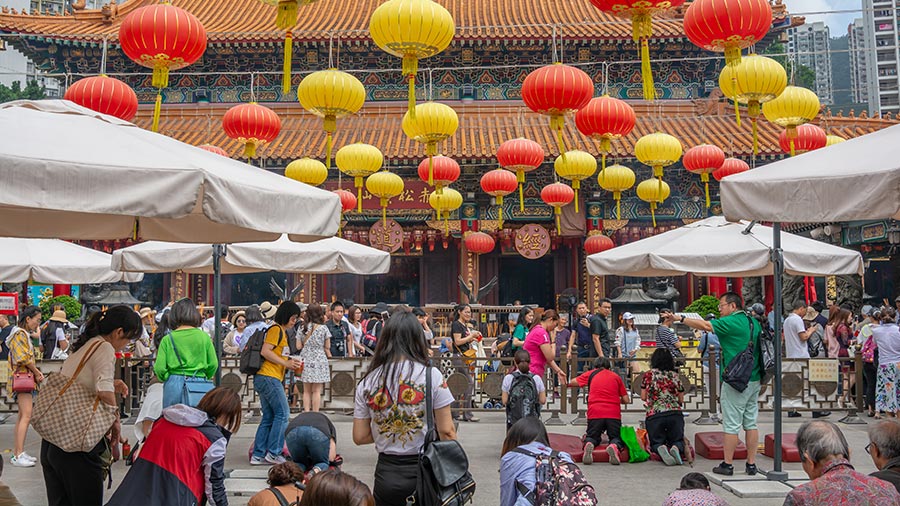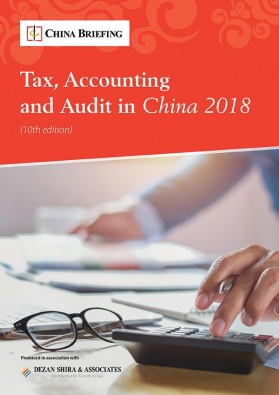Golden Week Holiday: Chinese Tourists Explore New Destinations, Unique Experiences
This year’s Golden Week, which ran from October 1 to 8, showcased a change in Chinese tourist preferences for more unique experiences and traveling to newer destinations – both domestic and international.
The Golden Week holiday is a tradition that was started in 1999 to give China seven continuous days of holiday in celebration of the founding of the People’s Republic.
Besides marking the anniversary of the PRC, which was founded on October 1, 1949, it is designed to stimulate China’s tourism industry and has led to a substantial growth in travel-related spending and the culture industry.
Compared to 28 million travelers when the Golden Week was first introduced, the number of Chinese tourists crossed 700 million this year, including seven million Chinese who spent their holidays abroad.
With an extraordinary number of Chinese tourists making travel plans each successive year, we look at the development of China’s international and domestic tourism industry, as well as their changing travel preferences.
Chinese tourists explore new destinations
Chinese tourists visited 1,155 cities in 88 countries during this year’s Golden Week. According to Ctrip, a Chinese travel agency, Thailand topped as the most popular overseas destination for Chinese visitors, followed by Japan and Hong Kong. The top 10 destinations were all Asian countries, except for the United States.
Affected by the ongoing trade war with the US, Chinese tourists seemed reluctant to visit the country. Sales of flight tickets from China to the US declined by 42 percent when compared to the same period last year, according to travel fare search engine Skyscanner.
The US also dropped to the tenth most popular destination for Chinese tourists; it was the fifth most popular last year.
In comparison, Central and Eastern European countries have emerged as favored destinations as the number of Chinese travelers visiting Serbia, Croatia, and Poland increased by more than 50 percent.
Russia was the eleventh most popular place for Chinese tourists during the Golden Week thanks to this year’s World Cup fever. Guided tours to Russia added the World Cup stadiums to their route.
Growing domestic travel during Golden Week
A total of 705 million Chinese visited other cities in the country during this year’s Golden Week.
According to the China National Tourism Administration (CNTA), China’s domestic tourism generated RMB 583.6 billion (US$87.8 billion) in revenue during the holiday period, showing an increase of 13.9 percent year-on-year. Tourism revenue generated by the Golden Week was only RMB 14.1 billion when it was introduced in 1999.
Chinese tourists spent more money in Shandong, which generated tourism revenue worth RMB 53.55 billion (US$7.7 billion), than other provinces. Among Chinese provinces, Shaanxi was the most popular destination for Chinese people with 70.02 million person trips.
According to Ctrip, bookings by Chinese residents to Changzhou increased substantially by 288 percent, Foshan by 244 percent, Zhuhai by 237 percent, and Chongqing by 225 percent.
Chinese people also embraced ‘red tourism’ – key communist sites including the Guangzhou Martyrs’ Memorial Garden and the ‘Holy Land of China’s Communist Revolution’ in Shaanxi became popular tourist sites during the holidays.
Preferences of Chinese tourists
Road trips remained the most popular mode of travel for Chinese travelers. According to the Ministry of Transport, 492 million passengers made their trips by car during this Golden Week.
In comparison, the railways served 98.98 million passengers, an increase of more than 10 percent year-on-year, according to the China Railway Corporation. Meanwhile, 12.95 million Chinese tourists traveled by plane, growing by 14.6 percent year-on-year.
Rather than joining a guided tour, Chinese visitors generally prefer to travel independently.
Still, according to ly.com, another Chinese travel agency, individual spending in high-quality guided tours reached a record-high – RMB 5,000 (US$722), showcasing a change in travel preferences.
In fact, Chinese people have begun to focus more on gaining memorable travel experiences rather than, say, purchasing luxury goods when traveling.
During this Golden Week, over 90 percent of Chinese tourists joined at least one cultural activity while more than 40 percent of them attended two cultural activities. In France, Chinese tourists visited villages and museums in addition to main tourist attractions.
One Chinese visitor was quoted saying that he visited the Château de Chambord and Motor Museum of the 24 Hours of Le Mans to have an in-depth understanding of French culture. Chinese persons visiting the US attended shows and basketball matches for local experiences.
Chinese holiday spending patterns
According to the Ministry of Commerce, the retail sector generated RMB 1.5 trillion (about US$225.6 billion) in revenue during the holiday period, a jump in daily sales by 10.3 percent year-on-year.
Organic food, gold and silver jewelry, ultra-high-definition televisions, smartphones, smart home appliances, and automobiles were best-selling items.
Statistics show that those visiting from China’s second- and third-tier cities spent more on overseas travel compared to those from first-tier cities. Residents of Dalian, Suzhou, Shenyang, Chengdu, Fuzhou, Zhengzhou, Xi’an, and Xiamen spent around RMB 6,800 to RMB 7,800 per person (US$982 to $1,127).
Finally, if we trace spending patterns based on demographic brackets, we see that while the post-80s generation spend most on accommodation, those born in the 1970s make most of their consumption on catering.
The post-90s generation Chinese are the biggest spenders on entertainment and shopping. There is also a trend that the older the generation, the more interested they are in natural attractions, compared to younger Chinese.
For instance, a preference to see natural attractions among those who born in the 1970s, 1980s, and 1990s in China were at 34.47 percent, 30.08 percent, and 29.36 percent, respectively.
Opportunities for foreign businesses
China’s Golden Week boosts both the local and foreign tourism industry.
In addition to their travel preference for local experiences, foreign companies should pay attention to Chinese travelers’ consumption habit of cashless payment.
Chinese tourists appreciate the availability of Chinese electronic payment platforms, such as AliPay, WeChatPay and China UnionPay.
Foreign retailers can offer special Golden Week discounts and make use of China’s social media, including WeChat and Weibo for promotion campaigns.
About Us
China Briefing is produced by Dezan Shira & Associates. The firm assists foreign investors throughout Asia and maintains offices in China, Hong Kong, Indonesia, Singapore, Russia, and Vietnam. Please contact info@dezshira.com or visit our website at www.dezshira.com.
- Previous Article How to Repatriate Profits from China – New Issue of China Briefing Magazine
- Next Article China Export Tax Rebates to Increase November 1





























